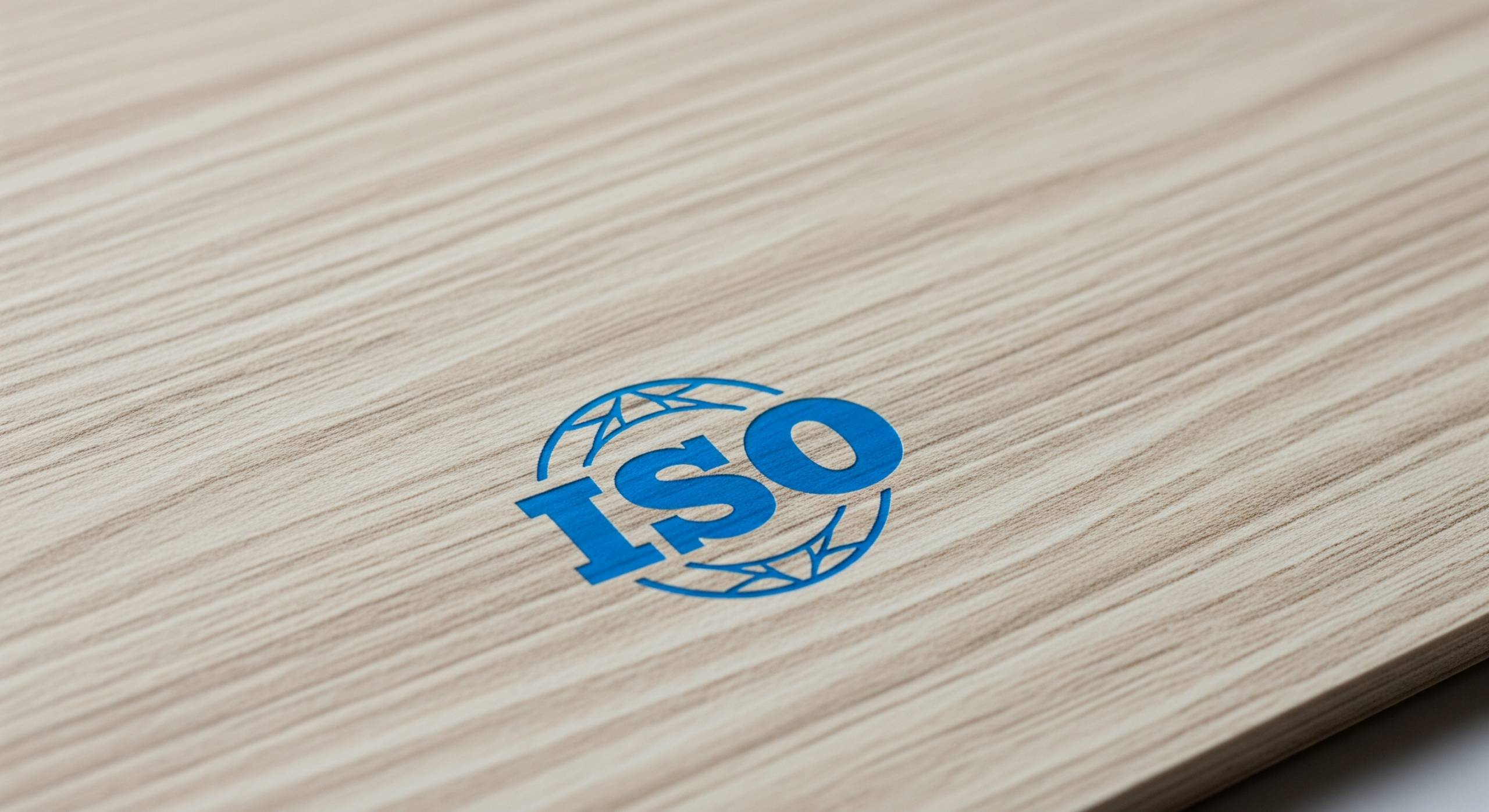As environmental awareness grows in Egypt and globally, sustainability has become a key factor in choosing materials for interior design and furniture. Formica, commonly referring to High-Pressure Laminate (HPL) panels in the Egyptian market, is widely used due to its durability and versatility. But how can you select Formica that is eco-friendly and aligns with modern design trends? This article explores sustainable Formica options, certifications, and the latest trends to help you achieve environmentally conscious and practical designs.
What Is Formica?
In Egypt, “Formica” is a popular term for HPL panels, which are decorative surfaces made by compressing layers of resin-impregnated paper under high heat and pressure. The top layer mimics materials like wood, stone, metal, or solid colors, protected by a clear overlay. These panels are bonded to substrates like MDF or particleboard and used in furniture, countertops, wall cladding, and outdoor applications. The challenge today is selecting Formica that balances environmental responsibility with functionality.
Why Sustainability Matters in the Formica Industry
The Formica industry relies on resources like paper, resins, and wood-based substrates, which can strain natural ecosystems if not managed sustainably. Without eco-friendly practices, the industry can contribute to deforestation, waste accumulation, and harmful chemical emissions. In Egypt, where green building initiatives are gaining traction, sustainable Formica helps:
- Reduce the carbon footprint of projects.
- Minimize waste through recyclable materials.
- Improve indoor air quality by reducing chemical emissions.
Eco-Friendly Formica Options
When choosing sustainable Formica, consider these options:
1. Panels from Recycled Materials
- What Are They?: Some HPL panels are made from recycled paper or wood materials, reducing reliance on virgin resources.
- Benefits: Conserves forests and reduces landfill waste.
- In the Egyptian Market: Look for suppliers offering panels with high recycled content.
2. Panels from Sustainable Sources
- What Are They?: Panels using wood or paper from sustainably managed forests, certified by bodies like the Forest Stewardship Council (FSC).
- Benefits: Ensures forests are replenished, minimizing environmental harm.
- In the Egyptian Market: FSC-certified panels are a reliable indicator of sustainability.
3. Low-Emission Panels
- What Are They?: HPL panels made with low-emission resins or formaldehyde-free formulas.
- Benefits: Improves indoor air quality, making them safe for schools or hospitals.
- In the Egyptian Market: Seek certifications like Greenguard or CARB Phase 2.
4. Recyclable Panels
- What Are They?: Some HPL panels are designed to be recyclable at the end of their lifespan.
- Benefits: Reduces waste and supports a circular economy.
- In the Egyptian Market: Ask suppliers about recyclability options.
Sustainability Certifications to Look For
To ensure Formica is eco-friendly, check for these certifications:
- FSC (Forest Stewardship Council): Confirms materials come from sustainable forests.
- Greenguard: Ensures panels are free from harmful chemical emissions.
- CARB Phase 2: Sets low formaldehyde emission standards.
- ISO 14001: Verifies that the manufacturer follows environmentally friendly production practices.
Modern Trends in Sustainable Formica
The Formica industry is evolving to meet the demand for sustainability. Here are key trends:
- Natural Finishes: Panels mimicking wood, stone, or linen are popular for their warm, organic aesthetic.
- Matte Finishes: Matte surfaces are trending for their practicality and ability to hide scratches and fingerprints.
- Custom Designs: Some manufacturers offer customizable, sustainable Formica for unique projects.
- Reduced Production Waste: Factories are adopting techniques to minimize waste and energy use during manufacturing.
Tips for Choosing Sustainable Formica in the Egyptian Market
- Request Certifications: Ask suppliers for FSC, Greenguard, or similar certifications, and verify their authenticity.
- Check Material Sources: Choose panels from suppliers using recycled or sustainably sourced materials.
- Consider Longevity: High-quality Formica lasts longer, reducing the need for replacements and conserving resources.
- Opt for Practical Finishes: Matte or scratch-resistant panels are more sustainable due to lower maintenance needs.
- Support Local Suppliers: If possible, choose Egyptian suppliers with sustainable practices to reduce the carbon footprint from shipping.
Challenges of Sustainability in the Egyptian Market
In Egypt, sustainability in the Formica industry is still developing. Challenges include:
- Limited Awareness: Many buyers prioritize cost over sustainability.
- Product Availability: Eco-friendly panels may be pricier or less accessible.
- Lack of Regulations: Egypt lacks strict mandates for sustainable materials in construction.
However, with growing demand for green buildings, suppliers are increasingly offering eco-friendly options.
Conclusion
Sustainability in the Formica industry is not just a trend but a necessity for preserving the environment while creating functional, beautiful designs. By choosing sustainable HPL panels, such as those made from recycled materials or certified by FSC, you can reduce environmental impact while achieving modern aesthetics. Whether you’re a manufacturer, designer, or homeowner, understanding eco-friendly Formica options empowers you to make choices that balance quality, sustainability, and style.



